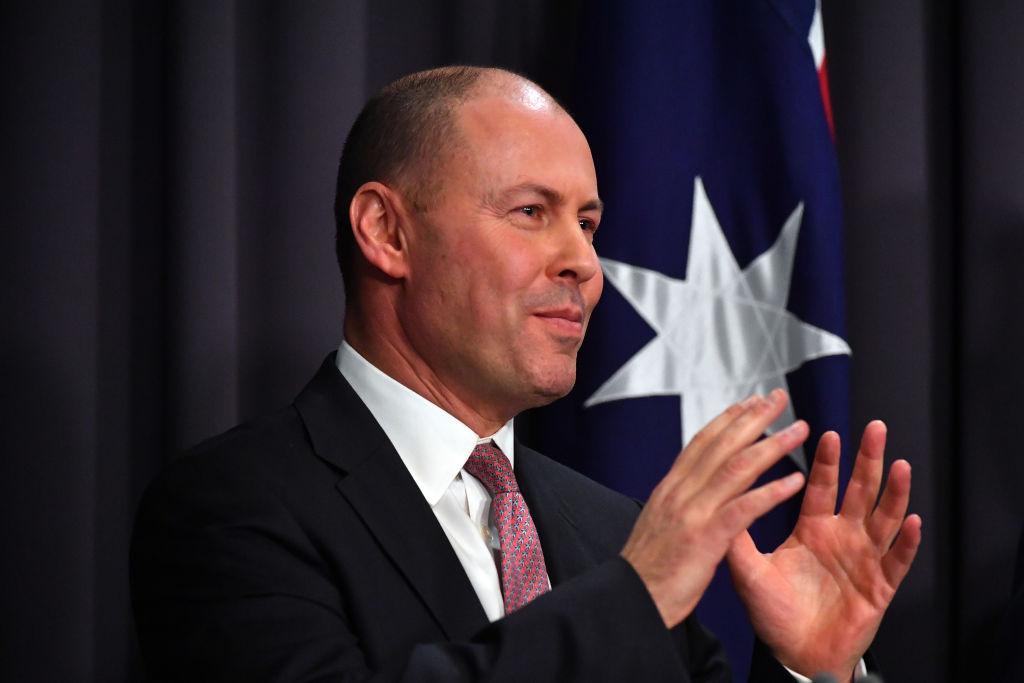The Australian federal government announced a record $17.9 billion (US$13.4 billion) in infrastructure funding for new and existing projects across every jurisdiction in the 2022-23 federal budget.
Treasurer Josh Frydenberg said infrastructure is a key pillar of the economic growth plan and get more Australians into work.





